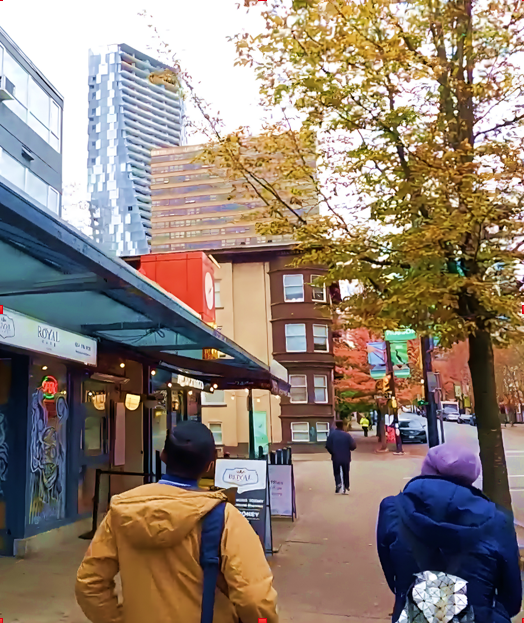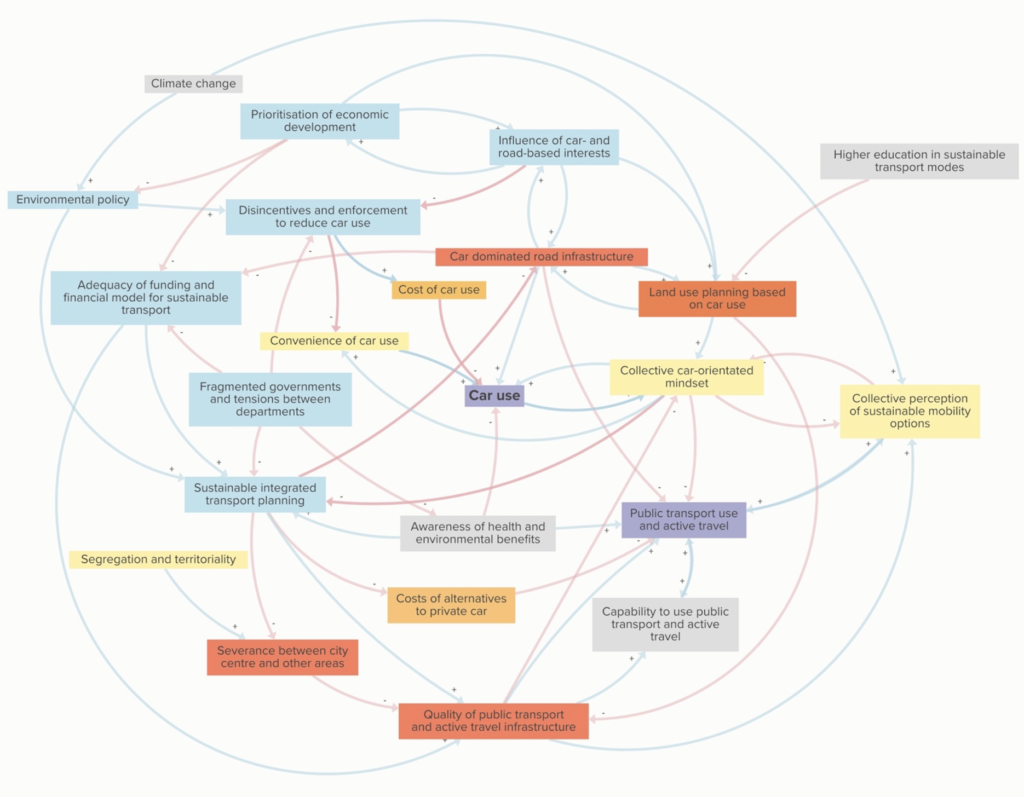City Know-hows

This study presents 20 key insights into the walking experiences of people living with dementia, highlighting shared priorities like safety and subgroup-specific needs. These findings offer actionable strategies for designing dementia-friendly neighborhoods that enhance mobility, inclusion, and well-being.
Share
Target audience
• Urban planners and city designers: Professionals responsible for shaping the physical and social fabric of cities, ensuring neighborhoods are inclusive, accessible, and safe for all residents.
• Public health policymakers: Decision-makers focused on advancing health equity and well-being, particularly for aging populations and people living with dementia.
• Community-based organizations supporting aging populations: Organizations advocating for dementia-friendly initiatives, promoting accessibility, and fostering social inclusion at the local level.
The problem
We observed that many urban environments fail to accommodate the mobility and safety needs of people living with dementia. Challenges such as inaccessible infrastructure, unclear wayfinding systems, and a lack of inclusive spaces hinder their independence and quality of life. Our study addresses these gaps by exploring the experiences of people living with dementia, identifying shared priorities and subgroup-specific needs to guide the design of dementia-friendly neighborhoods that foster mobility and inclusion.
What we did and why
We explored the walking experiences of 26 people living with dementia through sit-down, walk-along, and follow-up interviews in Metro Vancouver. Using a novel methodology, we uncovered shared priorities, subgroup-specific needs, environmental barriers and facilitators, and the coping strategies employed by participants. Our goal was to identify key insights from participants’ perspectives to serve as the foundation for actionable strategies in designing dementia-friendly neighborhoods that support mobility, safety, and inclusion.
Our study’s contribution
Our study provides critical insights into the walking experiences of people living with dementia, highlighting shared priorities and subgroup-specific needs. These findings contribute to dementia-friendly neighborhood design by:
• Identifying environmental barriers and facilitators to mobility and safety.
• Highlighting coping strategies employed by individuals across diverse sociodemographic groups.
• Offering actionable recommendations for inclusive urban design, such as memory-triggering landmarks, accessible sidewalks, and culturally inclusive public spaces.
These insights bridge research and practice for creating supportive communities.
Impacts for city policy and practice
Our findings offer practical guidance for city leaders and urban planners to create dementia-friendly neighborhoods that promote mobility, safety, and inclusion. Key recommendations include:
• Improving sidewalk accessibility, lighting, and maintenance to ensure safe and barrier-free pathways.
• Introducing memory-triggering landmarks and clear wayfinding systems to enhance navigation and reduce anxiety.
• Developing inclusive community spaces and programs that foster social interaction and cultural responsiveness.
These strategies aim to create equitable and supportive urban environments.
Further information
Full research article:
Twenty key insights into neighborhood walking experiences of people living with dementia in Metro Vancouver: a quantitative analysis of qualitative data by Mohammadjavad Nouri and Habib Chaudhury
Related posts

Beaches can be important settings for physical activity. The quality of these spaces (safety, amenities, aesthetics) can influence how well they support physical activity and health. The quality of beaches may differ across neighbourhoods, with higher socioeconomic status neighbourhoods having disproportionately better access to beaches.

Apartment kitchens need to be better designed to support healthy food practices.

Belfast has very high levels of car use. Working with stakeholders we tried to understand what factors influence this. System wide factors, such as financial models for transport, a collective car-orientated mindset and car dominated road infrastructure, have the strongest influence on individual behaviour.